

Fort Niagara
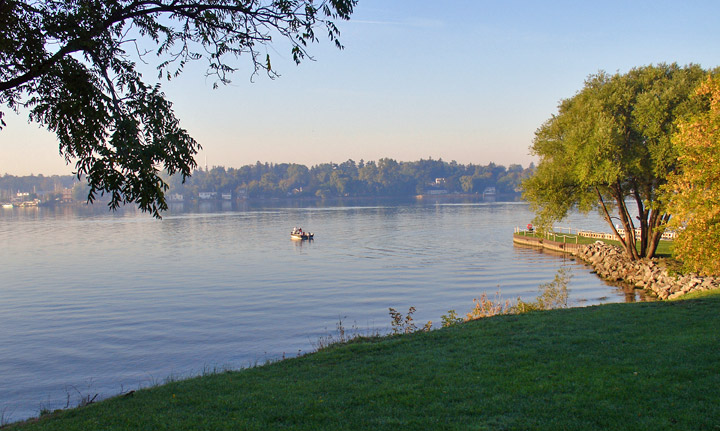
the Niagara river near its entry into Lake Ontario
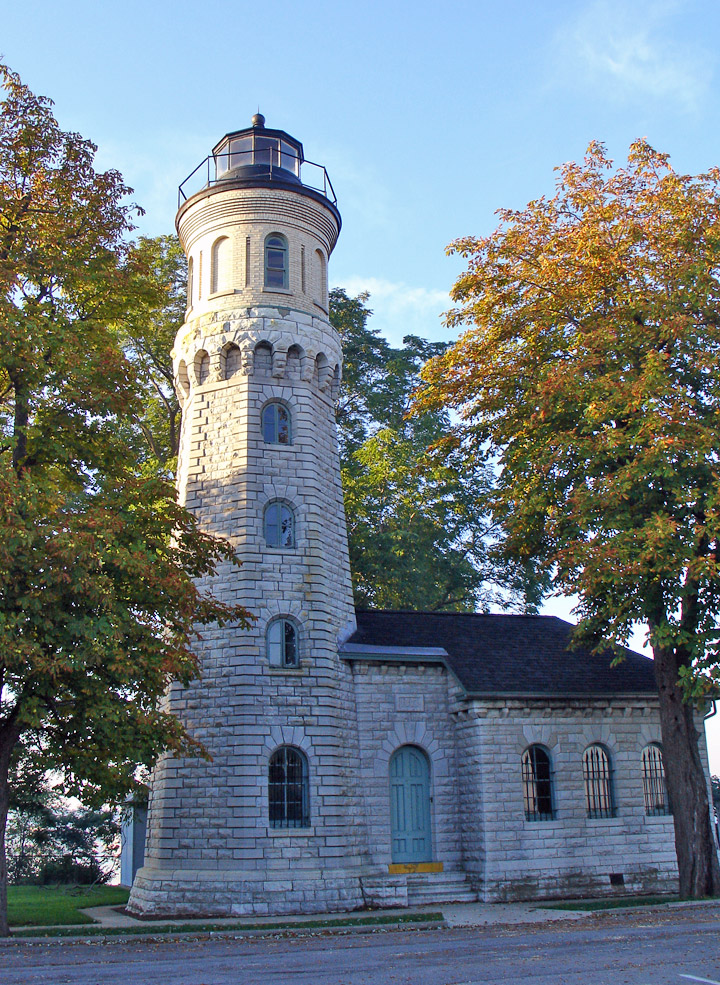
The lovely stone lighthouse was
built in 1871 and used until 1993.
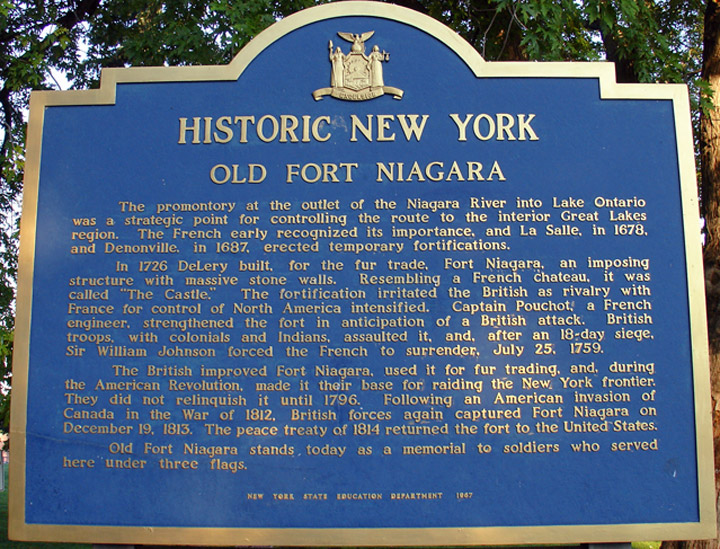
Fort Niagara
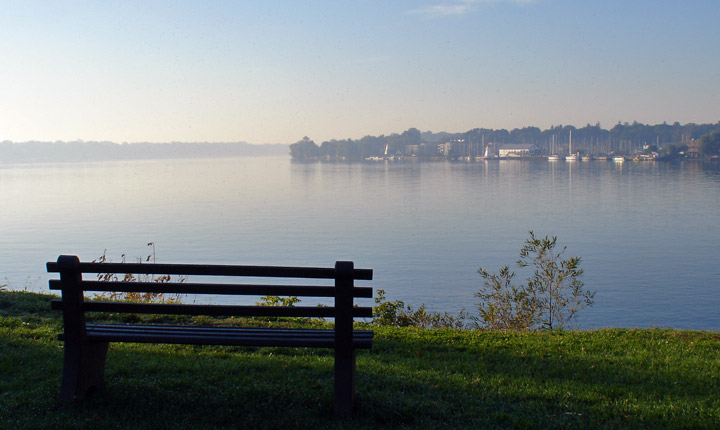
looking out on Lake Ontario
Standing on a bluff above Lake
Ontario not far from Niagara Falls, Old Fort Niagara has dominated the entrance
to the Niagara River since 1726. The colorful history of the site began even
earlier, and continues to the present day.
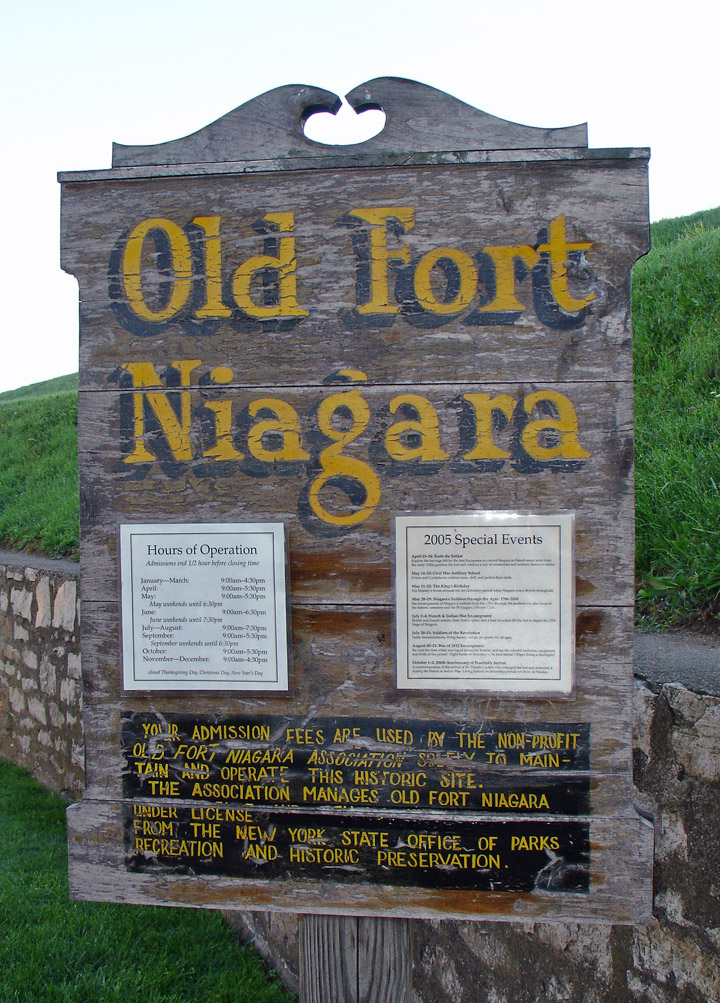
Old Fort Niagara
The history of Old Fort Niagara spans more than 300 years. During the colonial wars in North America a fort at the mouth of the Niagara River was vital, for it controlled access to the Great Lakes and the westward route to the heartland of the continent. With the completion of the Erie Canal in 1825, however, the strategic value of Fort Niagara diminished. It nonetheless remained an active military post well into the 20th century.
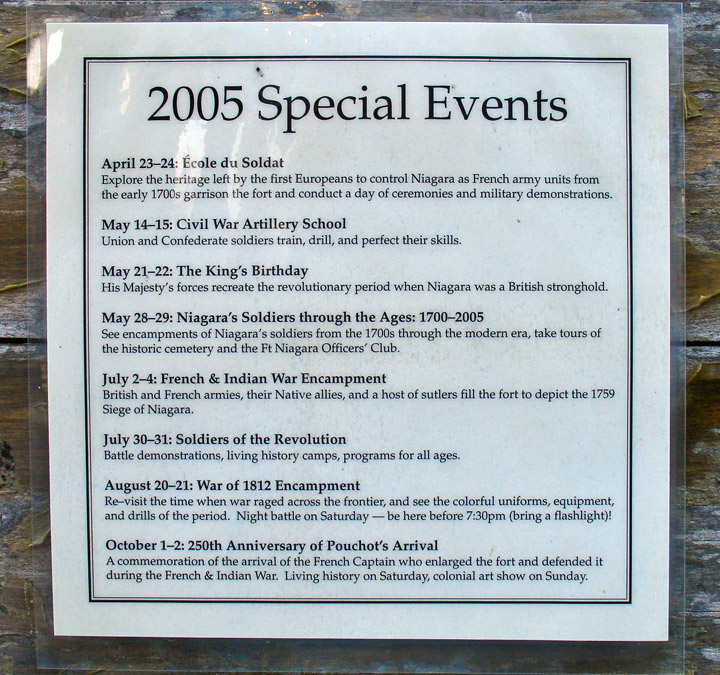
season events
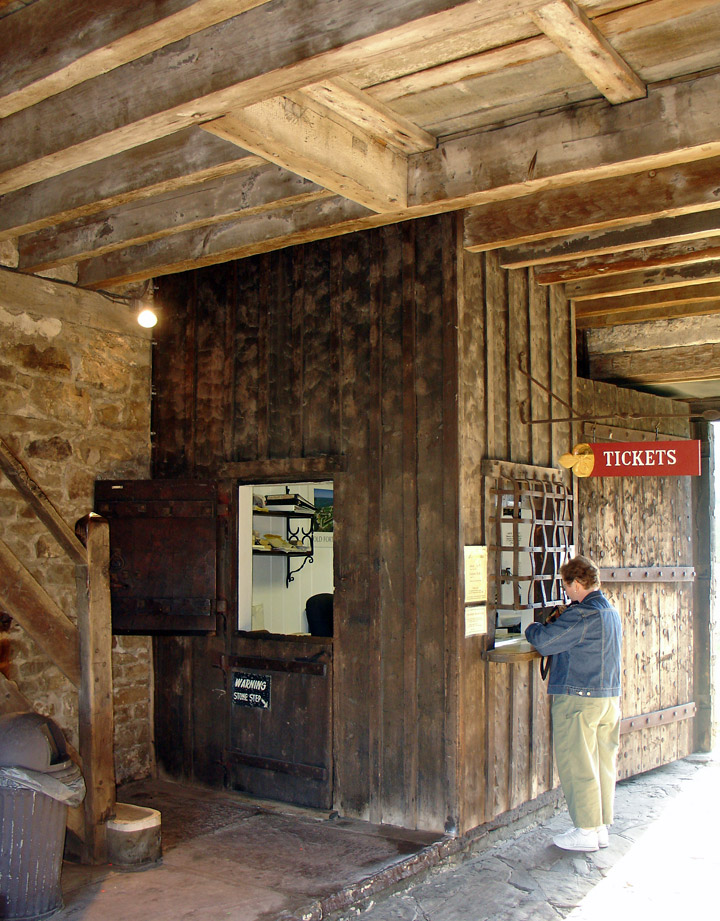
to pay the admission
The three flags flown daily above the parade ground symbolize the nations which have held Fort Niagara. Each competed for the support of a fourth nation: the powerful Iroquois Confederacy. The French established the first post here, Fort Conti, in 1679. Its successor, Fort Denonville (1687—88) was equally short—lived. In 1726 France finally erected a permanent fortification with the construction of the impressive “French Castle.” Britain gained control of Fort Niagara in 1759, during the French & Indian War, after a nineteen-day siege. The British held the post throughout the American Revolution but were forced, by treaty, to yield it to the United States in 1796. Fort Niagara was recaptured by the British in 1813. It was ceded to the United States a second time in 1815 at the end of the War of 1812.
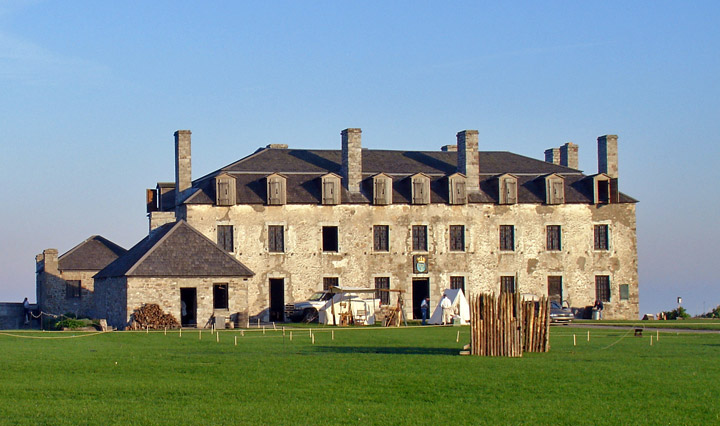
the French castle
More Photos of the French Fort
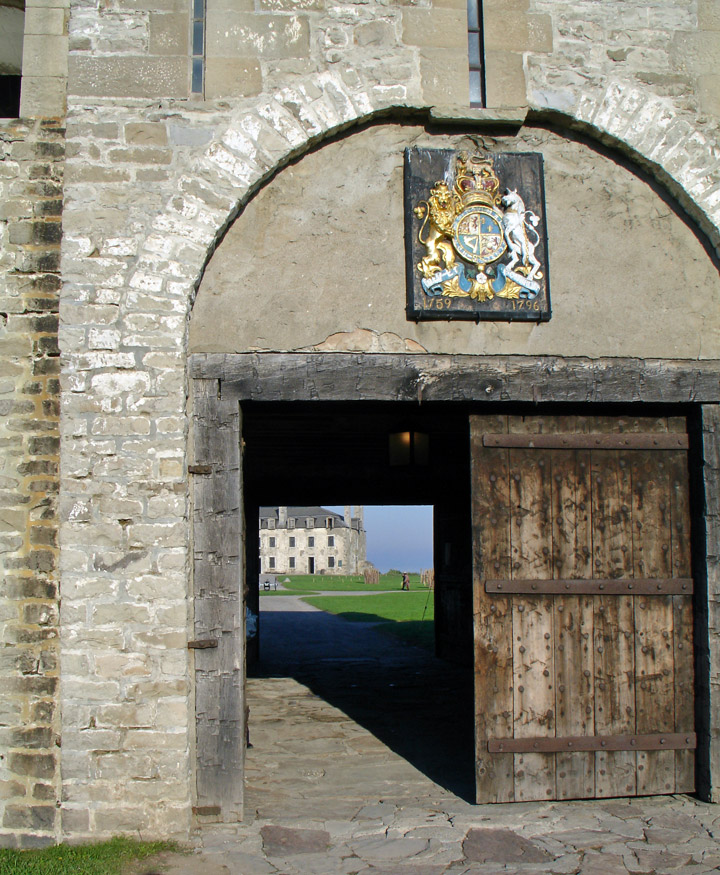
the British South Redoubt
More Photos of the British Fort
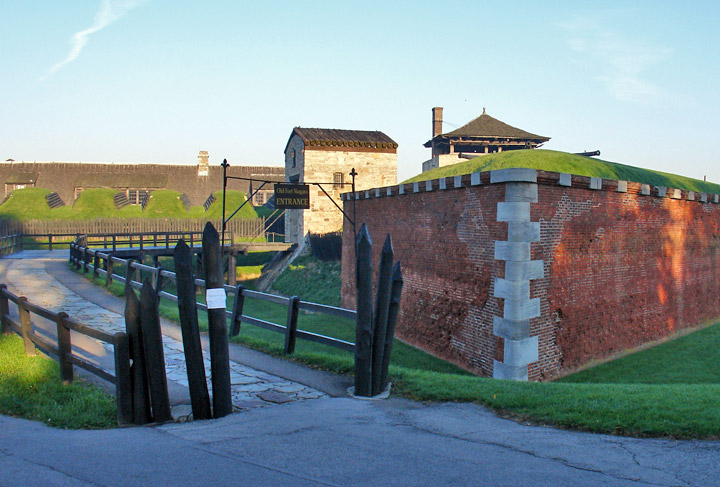
entrance and the draw bridge

mechanism for the draw bridge

River Wall and Hot Shot Furnace
British construction of Fort
Mississauga on the Canadian shore in 1814 exposed the interior of Fort Niagara
to bombardment. The problem was remedied between 1839 and 1841 by erection of
the massive River Wall. This was of uniform height for its entire length until
1889 when the northern end was torn down. The difference in the stonework
resulted from a change in stone suppliers between 1839 and 1840. Guns on the Hot
Shot Battery face Fort Mississauga, were visible across the river in
Niagara-on-the-Lake, Ontario. Adjacent to the batter is the Hot Shot Furnace,
completed in 1843. Here cannon balls could be heated to nearly white-hot. When
fired into a wooden ship or building, hot shot would quickly set it afire. The
arched Postern Gate was the main entrance to Fort Niagara after 1839.
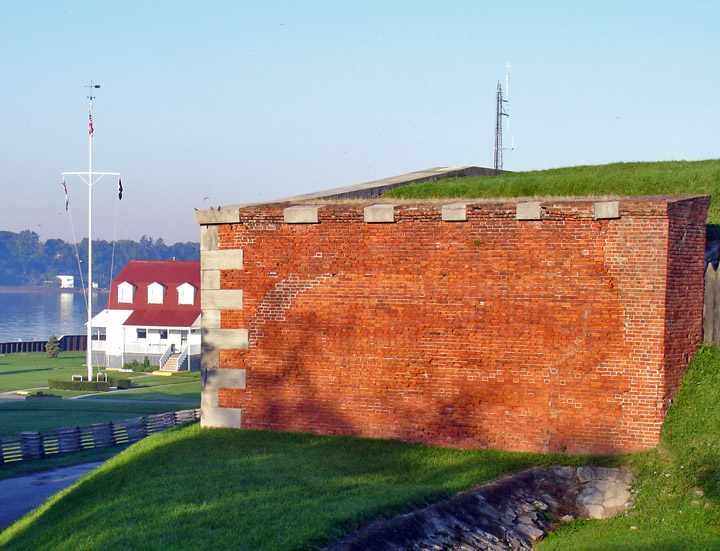
river wall
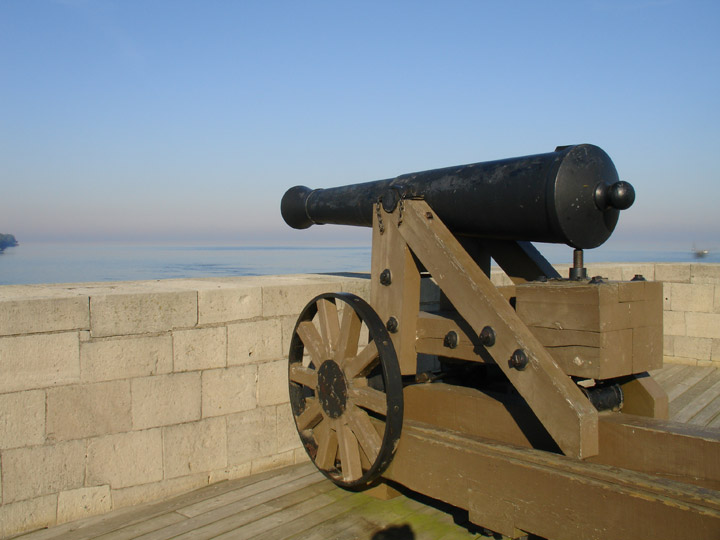
cannon pointed toward Niagara-on-the-Lake, Ontario
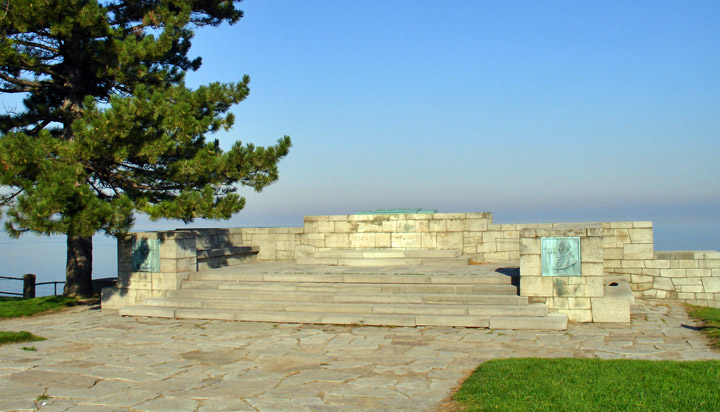
The Rush-Bagot Memorial (1934)
An early armaments agreement was
signed by the United States and Great Britain in 1817. Named for its chief
negotiators, Richard Rush and Sir Charles Bagot, the treaty limited naval forces
on the Great Lakes. The true monument to such efforts is today's unfortified
4,00-mile (6,400km) United States-Canada border. In clear weather the skyline of
Toronto, Ontario can be seen across the 27 miles (43km) of Lake Ontario.

unfortified boundary
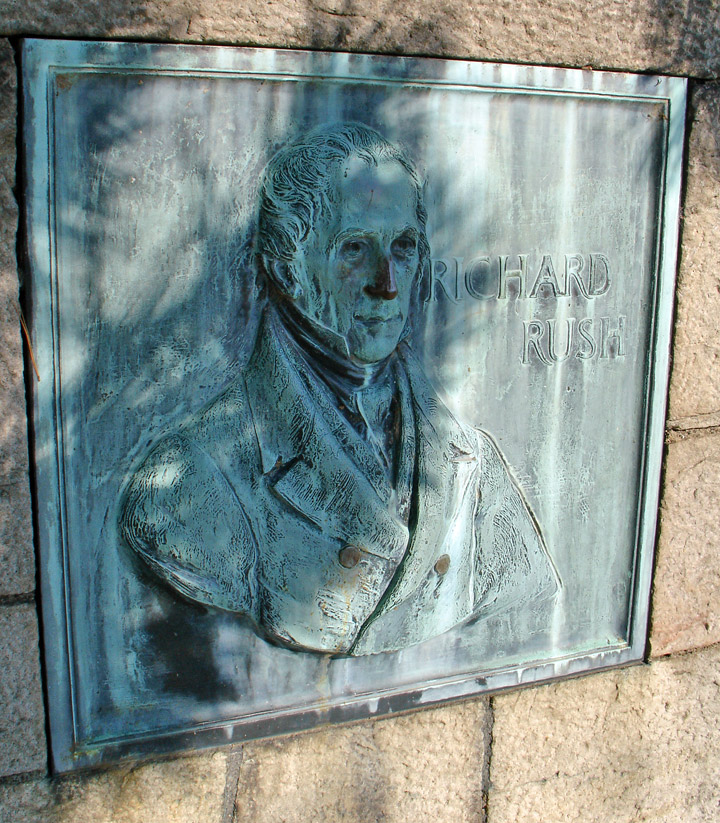
Richard Rush
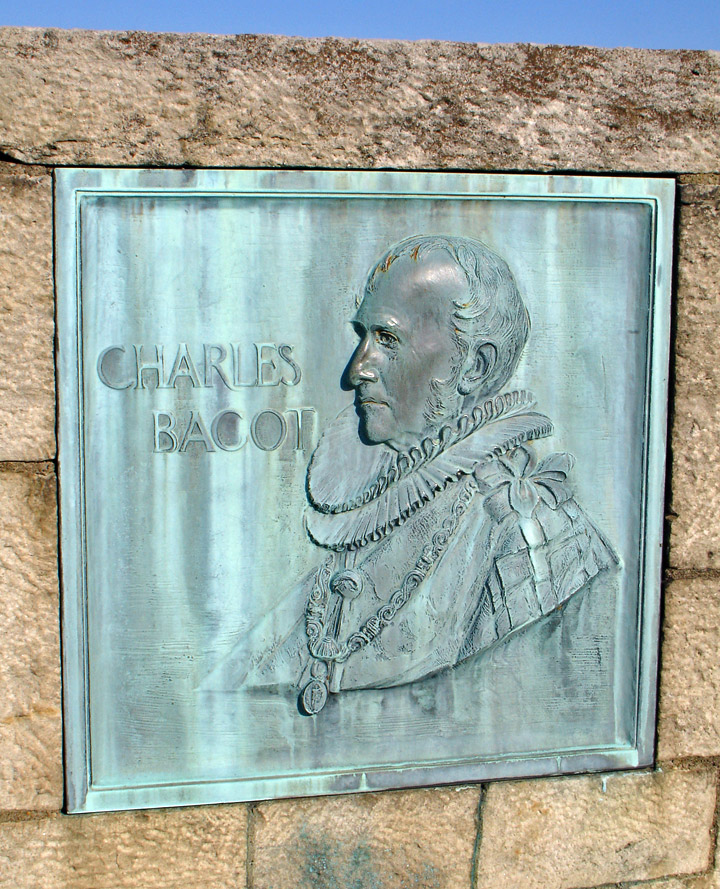
Charles Bagot
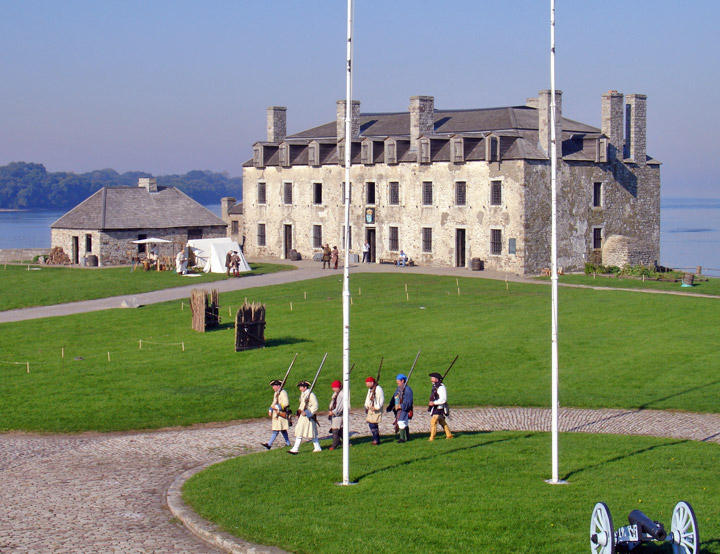
ceremony for the raising of the Three Historic Flags
Visible inside the Fort are the three
historic flags commemorating the nations that have held Old Fort Niagara. The
white French flag was flown here from 1726 to 1759. It was the official banner
of the Marine Department, responsible for protecting France's colonies. The
British Union flag waved here from 1759 to 1796. It was replaced by the modern
version in 1801. The 15-star, 15-stripe United States flag was flown at Fort
Niagara from 1796 to 1818. Fort Niagara's original 15-star, 15-stripe flag,
captured by the British in 1813, was returned to the museum in 1994.
Old Fort Niagara was restored between 1926 and 1934. It is operated today by the
Old Fort Niagara Association, Inc., a not— for—profit organization, in
cooperation with the New York State Office of Parks, Recreation and Historic
Preservation. Admission fees, Museum Shop sales, grants and donations provide
support for operation of the site.
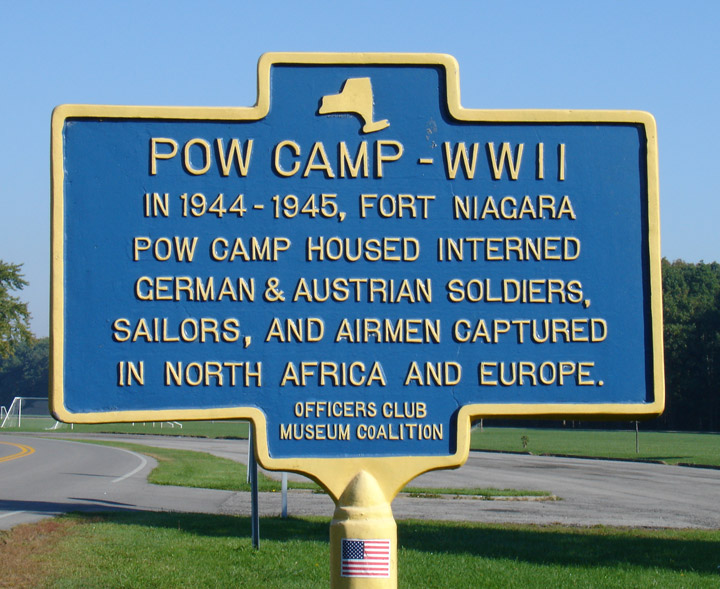
internment camp for POW's during WW II